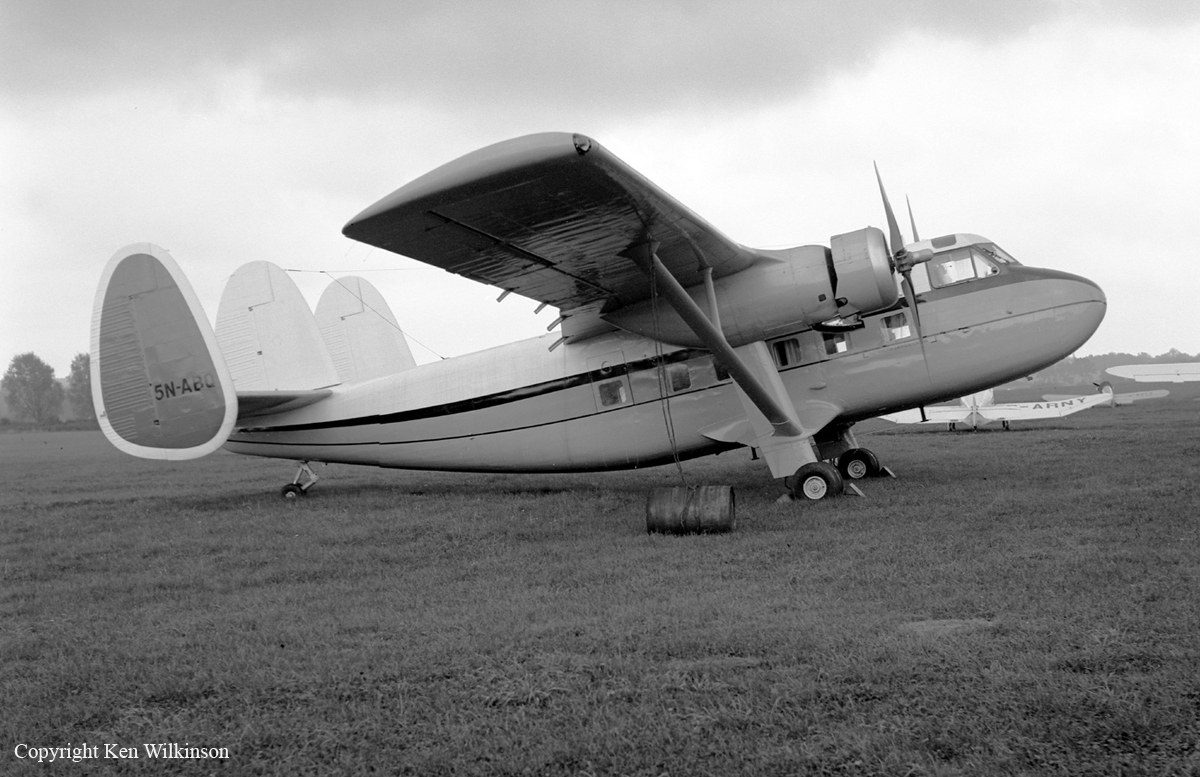Crash of a Dornier DO.128 Skyservant near Warri: 6 killed
Date & Time:
Oct 26, 2000
Registration:
NAF018
Survivors:
No
Schedule:
Benin City – Warri
MSN:
6018
YOM:
1985
Crew on board:
1
Crew fatalities:
Pax on board:
5
Pax fatalities:
Other fatalities:
Total fatalities:
6
Circumstances:
While approaching Warri Airport runway 06 following an uneventful flight from Benin City, the twin engine aircraft entered an uncontrolled descent and crashed near a refinery located near Jeddo, about 11 km west of the airport. All six occupants were killed, among them five Nigerian Army Officers.





